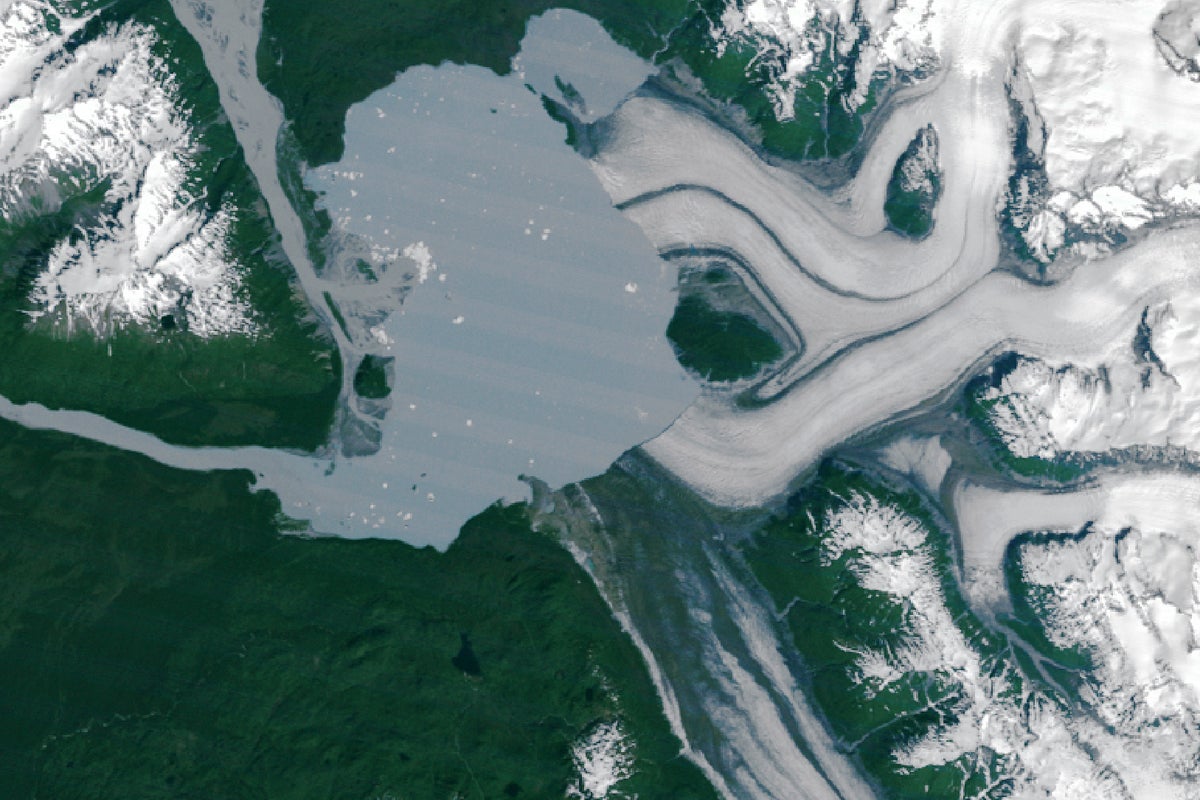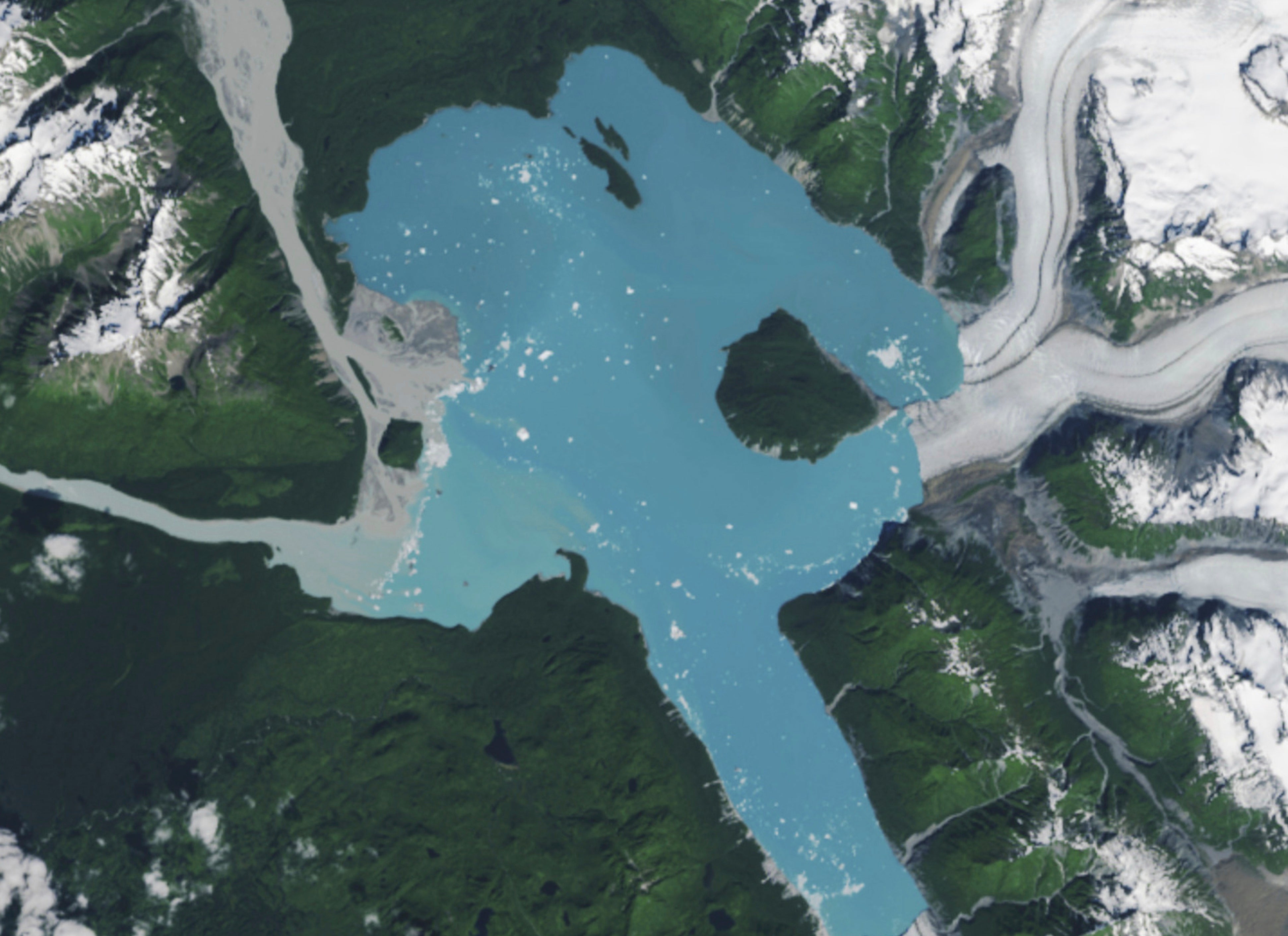
A new island has emerged in Alaska this summer, unveiled by the retreat of a glacier and the subsequent rise of lake waters around a previously ice-bound landmass. Mauri S. Pelto, a glaciologist from Nichols College in Massachusetts, had long anticipated this phenomenon.
He explained that the Alsek Glacier, situated within southeast Alaska's Glacier Bay National Park and Preserve, was expected to detach from the landmass referred to as Prow Knob. The glacier's ongoing retreat has carved out a basin, which has since been inundated to form Alsek Lake. This body of water is sustained by the adjacent Alsek River, meltwater from the glacier, and icebergs.
Pelto for years has used satellite imagery as part of his work chronicling changes in glaciers, and he had been checking images of the area at least once a month as he watched for the separation to occur, he said. It appears to have happened sometime between late July and early August.

Glacier Bay has over 1,000 glaciers, according to the park. While many glaciers in Alaska are retreating, not many new islands of size are revealed by their retreat, Pelto said. Prow Knob is roughly 2 square miles (5 square kilometers), and its highest point is just over 1,000 feet (304.8 meters), he said.
Imagery from the early 1980s, shared by NASA Earth Observatory, shows the Alsek Glacier largely surrounding Prow Knob, with Alsek Lake on one side. The glacier at that time shared a connection with Grand Plateau Glacier, the images show.
Over time, the lake has expanded as the glaciers have retreated. Alsek Lake is one of three lakes next to glaciers in the region that has seen marked growth since the 1980s, Pelto said.







